Introducing Sydney’s semi-submerged Green Square Library and Plaza

In an era when libraries are facing changes such the digitalisation of knowledge and privatisation of public space, a new city library in Sydney is making its mark by combining traditional function with flexibility. The new library and plaza project in Sydney’s Green Square neighbourhood has been designed by local architects Stewart Hollenstein, in association with Stewart Architecture.
The library facility is semi-submerged underground, featuring a series of jewel-like shapes peeking above ground level and hinting at the activity below. The glass volumes take on primary shapes – rectangulars, circles and triangles – making for a sharp and carefully composed whole that combines from reading rooms to serene urban gardens. ‘The geometry of the design is intentionally loose and informal – establishing a sense of shared territory for multiple uses’, say the architects.
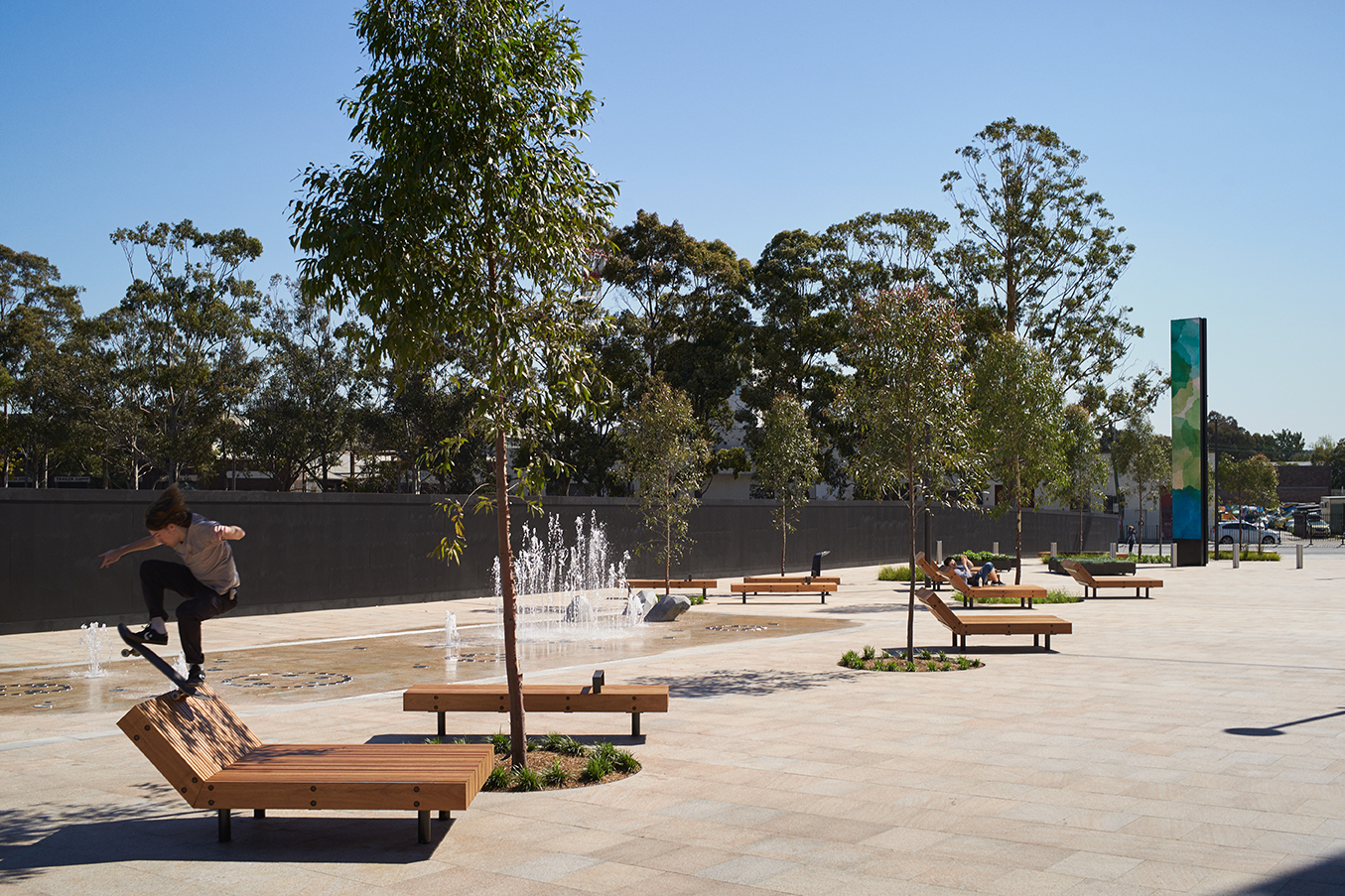
The clever sustainability systems used mean that rainwater can be collected underneath the plaza for re-use.
The square is expansive and delineates the plot, spanning some 8,000 sq m. By placing the library mostly subterraneously, the architects created a generous plaza that was designed to be open and flexible to accommodate a variety of events.
Sustainability was another key element in this project. Underneath the square’s paving, there is a system that collects rainwater, which is then recycled and reused in the library. Inside the building, a low-energy displacement ventilation system is embedded within the library bookshelves.
The complex is set to become a key focal point for the area, which is predicted to grow in the next years – an added 60,000 new residents are planned to move into the district over the next 15 years, say the architects.
‘The project is a celebration of the potential of public space and public architecture and what it can mean to an emerging community’, says Matthias Hollenstein, director at Stewart Hollenstein. ‘Libraries play a unique role in our cities as highly democratic spaces. Here we designed an urban living room for all to share and to come together to tell stories.’
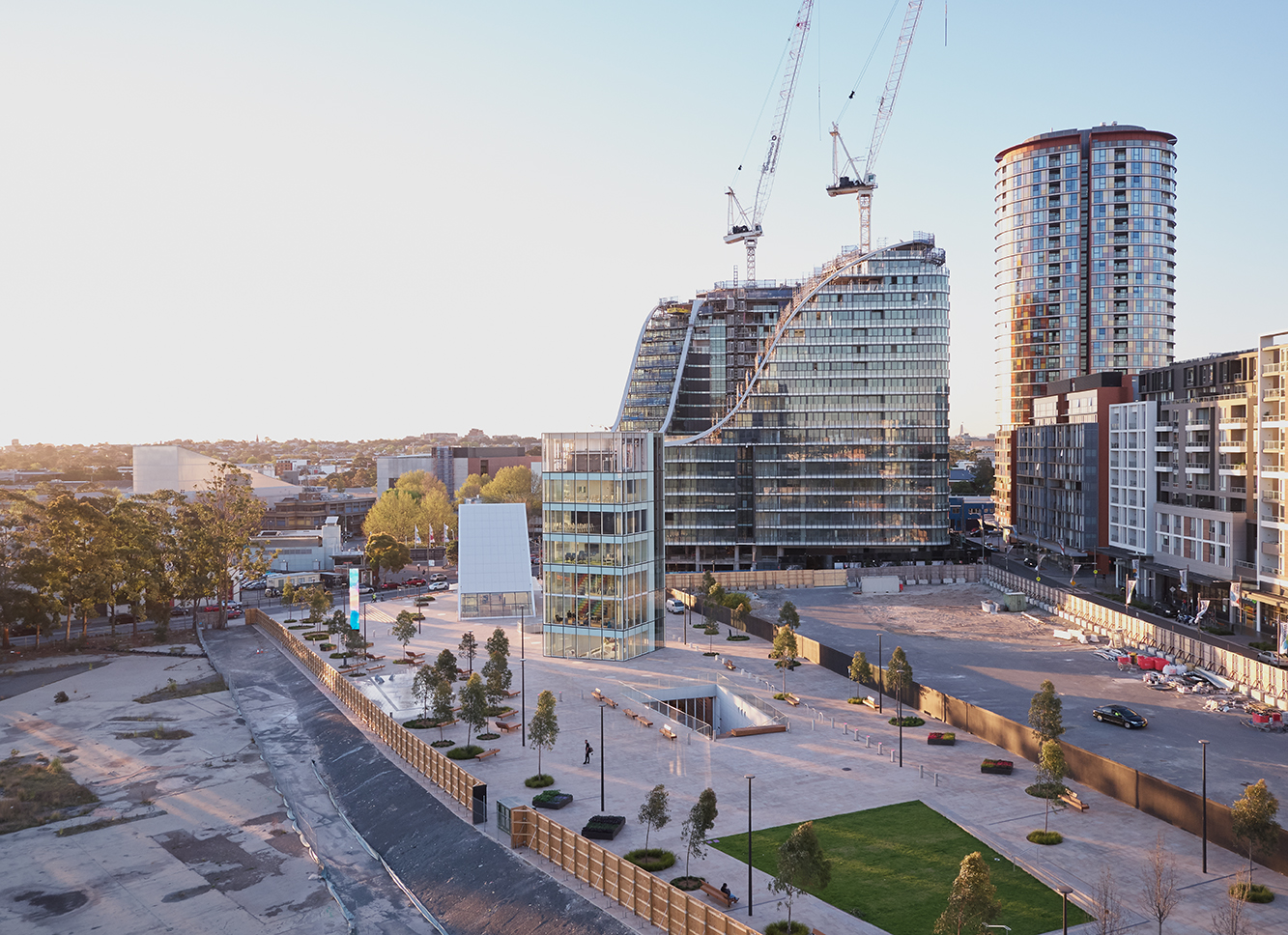
The complex includes a series of jewel-like glass structures on a public square.
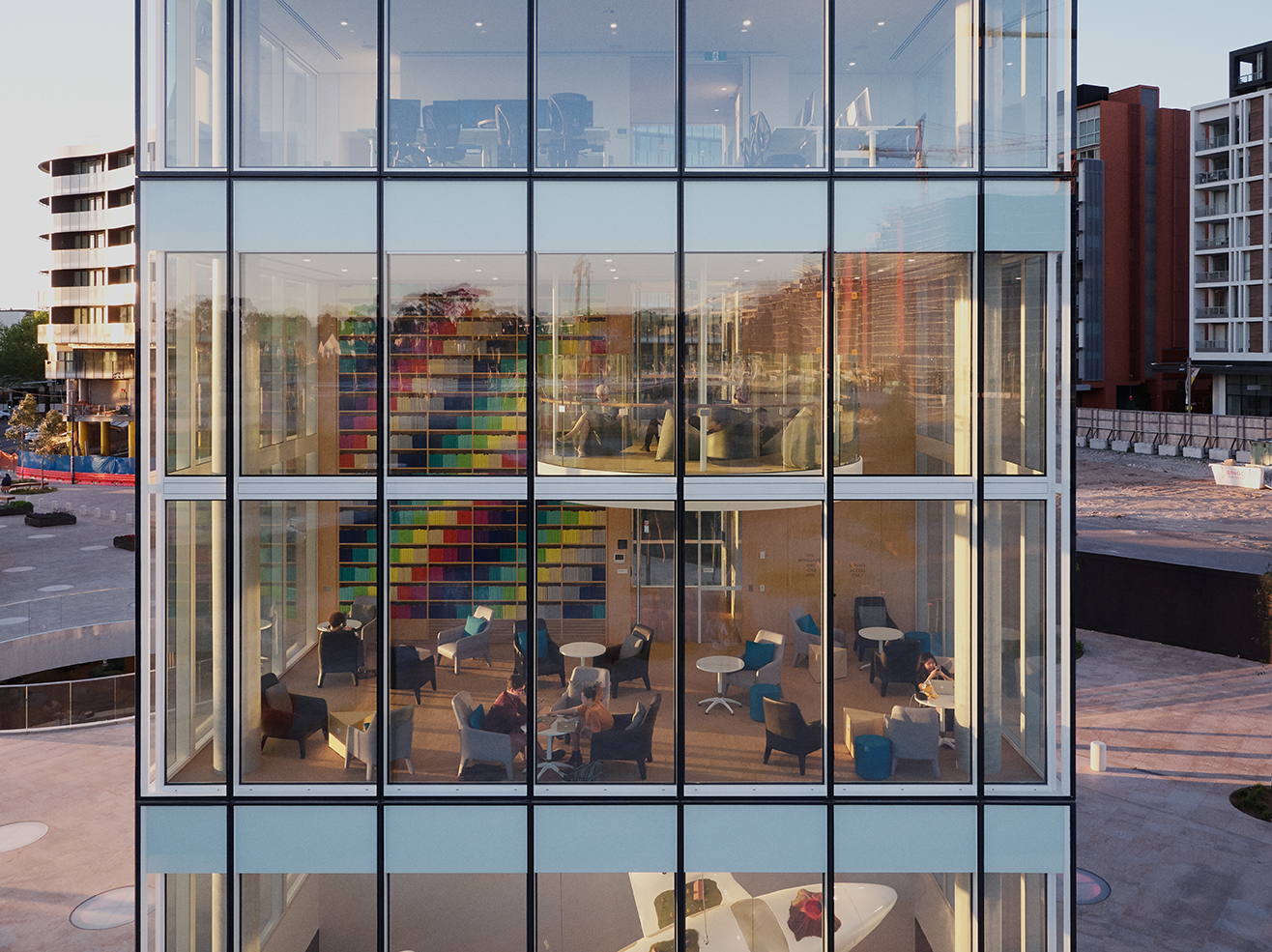
The buildings contain a semi-subterranean public library.

This strategy means that the underground parts of the library are naturally lit.

The whole complex spans some 3,000 sq m.
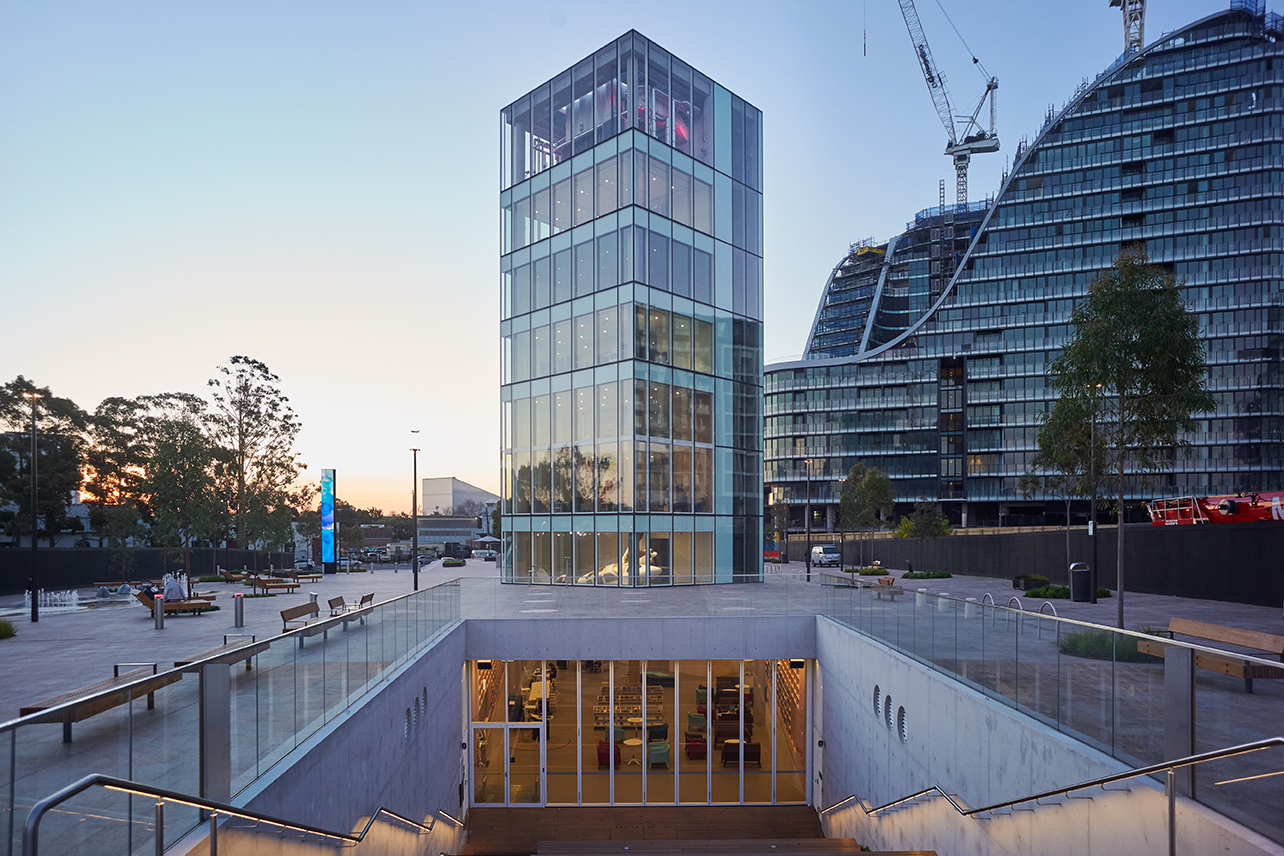
Clever pathways, cut out from the plaza's surface, lead down to the library entrance.
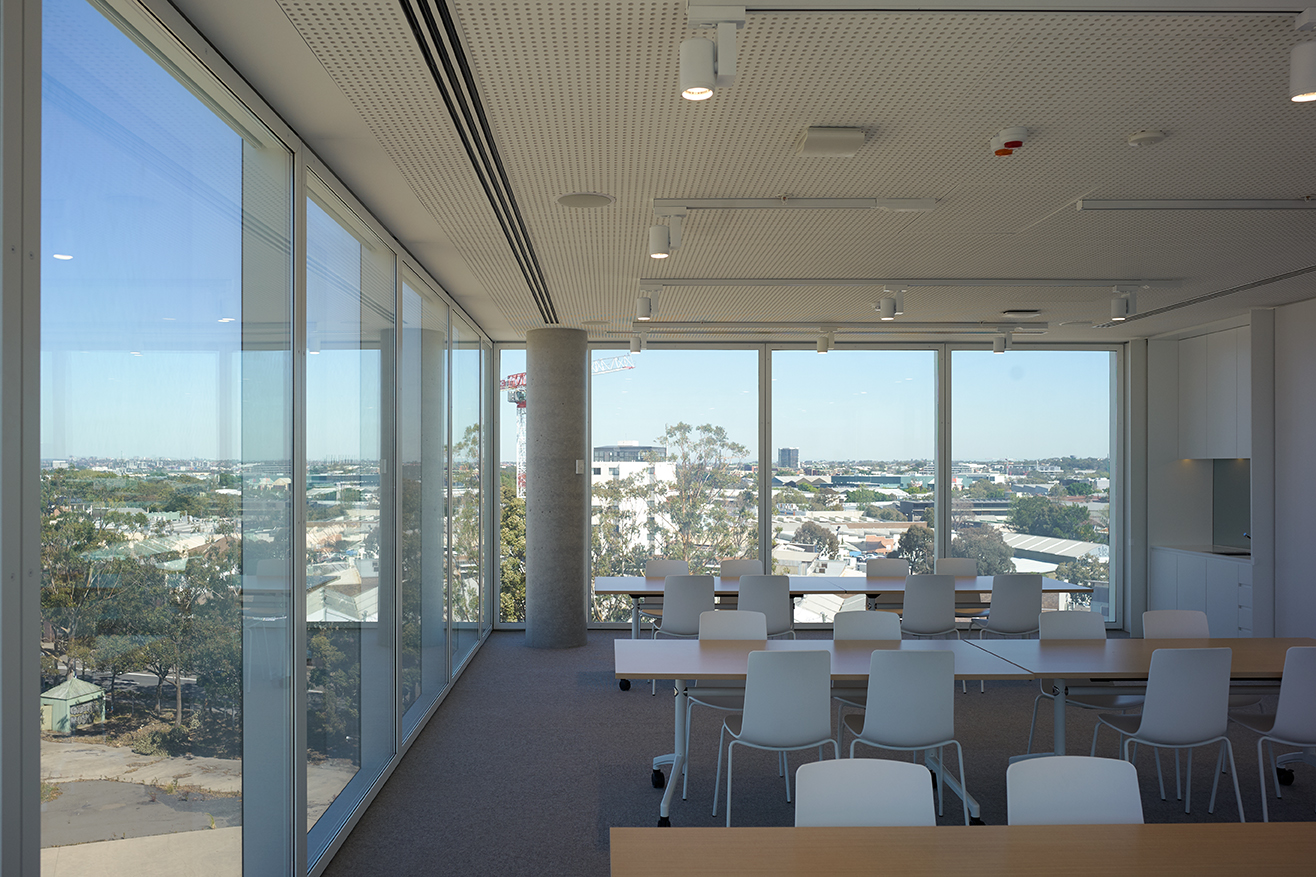
Inside, there are social spaces for indoor and outdoor community-focused library activities.

The structure is set to be a key focal point for this growing area of Sydney.
INFORMATION
For more information visit the Stewart Hollenstein website
Receive our daily digest of inspiration, escapism and design stories from around the world direct to your inbox.
Ellie Stathaki is the Architecture & Environment Director at Wallpaper*. She trained as an architect at the Aristotle University of Thessaloniki in Greece and studied architectural history at the Bartlett in London. Now an established journalist, she has been a member of the Wallpaper* team since 2006, visiting buildings across the globe and interviewing leading architects such as Tadao Ando and Rem Koolhaas. Ellie has also taken part in judging panels, moderated events, curated shows and contributed in books, such as The Contemporary House (Thames & Hudson, 2018), Glenn Sestig Architecture Diary (2020) and House London (2022).
-
 This cult Los Angeles pop-up restaurant now has a permanent address
This cult Los Angeles pop-up restaurant now has a permanent addressChef Brian Baik’s Corridor 109 makes its permanent debut in Melrose Hill. No surprise, it's now one of the hardest tables in town to book
-
 French bistro restaurant Maset channels the ease of the Mediterranean in London
French bistro restaurant Maset channels the ease of the Mediterranean in LondonThis Marylebone restaurant is shaped by the coastal flavours, materials and rhythms of southern France
-
 How ethical is Google Street View, asks Jon Rafman in Copenhagen
How ethical is Google Street View, asks Jon Rafman in CopenhagenIn 'Report a Concern - the Nine Eyes Archives' at Louisiana Museum of Art, Copenhagen, Jon Rafman considers technology's existential implications
-
 The Architecture Edit: Wallpaper’s houses of the month
The Architecture Edit: Wallpaper’s houses of the monthFrom wineries-turned-music studios to fire-resistant holiday homes, these are the properties that have most impressed the Wallpaper* editors this month
-
 An Australian holiday home is designed as a bushfire-proof sanctuary
An Australian holiday home is designed as a bushfire-proof sanctuary‘Amongst the Eucalypts’ by Jason Gibney Design Workshop (JGDW) rethinks life – and architecture – in fire-prone landscapes, creating a minimalist holiday home that’s meant to last
-
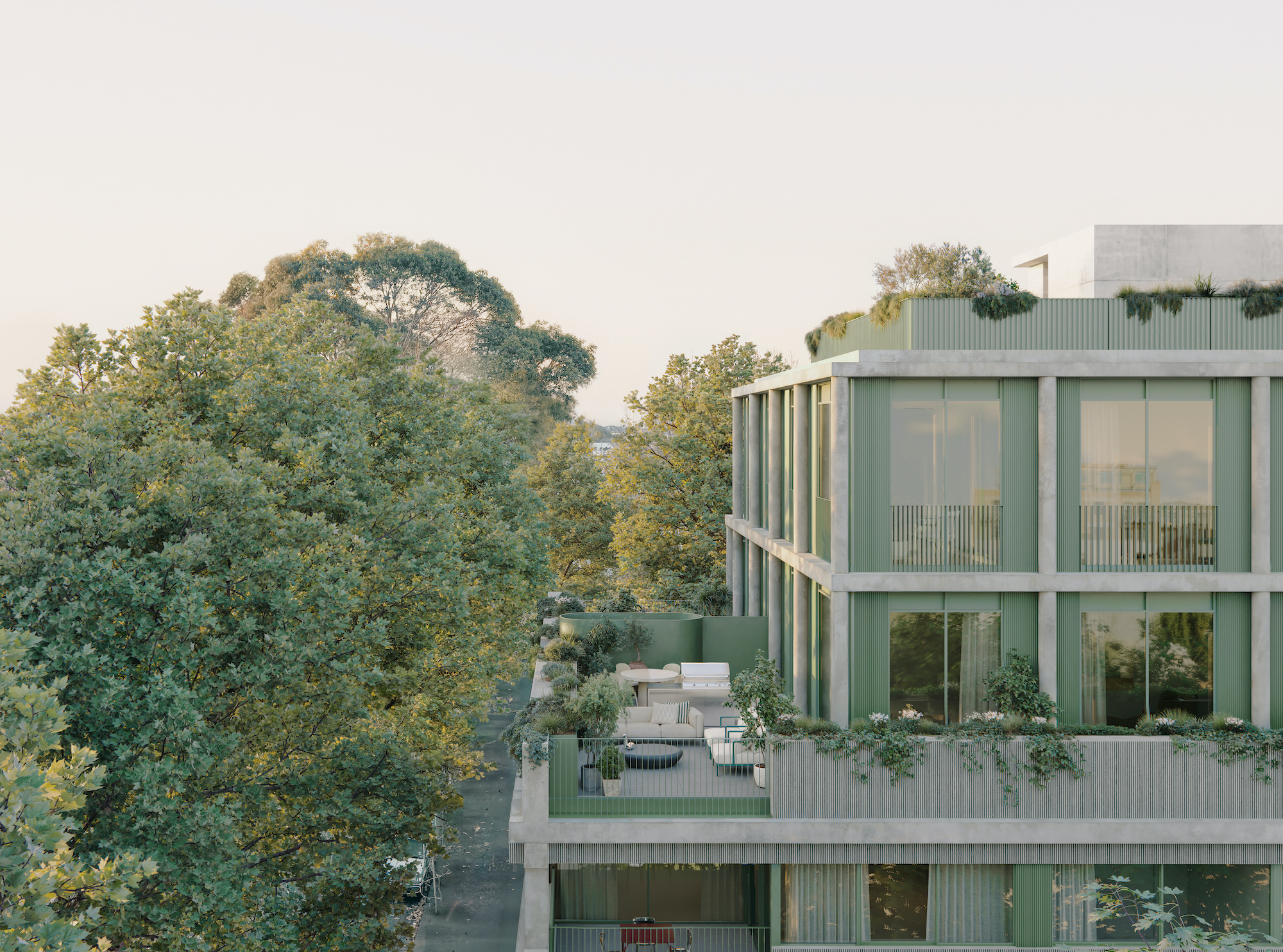 Neometro is the Australian developer creating homes its founders ‘would be happy living in’
Neometro is the Australian developer creating homes its founders ‘would be happy living in’The company has spent 40 years challenging industry norms, building design-focused apartment buildings and townhouses; a new book shares its stories and lessons learned
-
 The Melbourne studio rewilding cities through digital-driven landscape design
The Melbourne studio rewilding cities through digital-driven landscape design‘There's a lack of control that we welcome as designers,’ say Melbourne-based landscape architects Emergent Studios
-
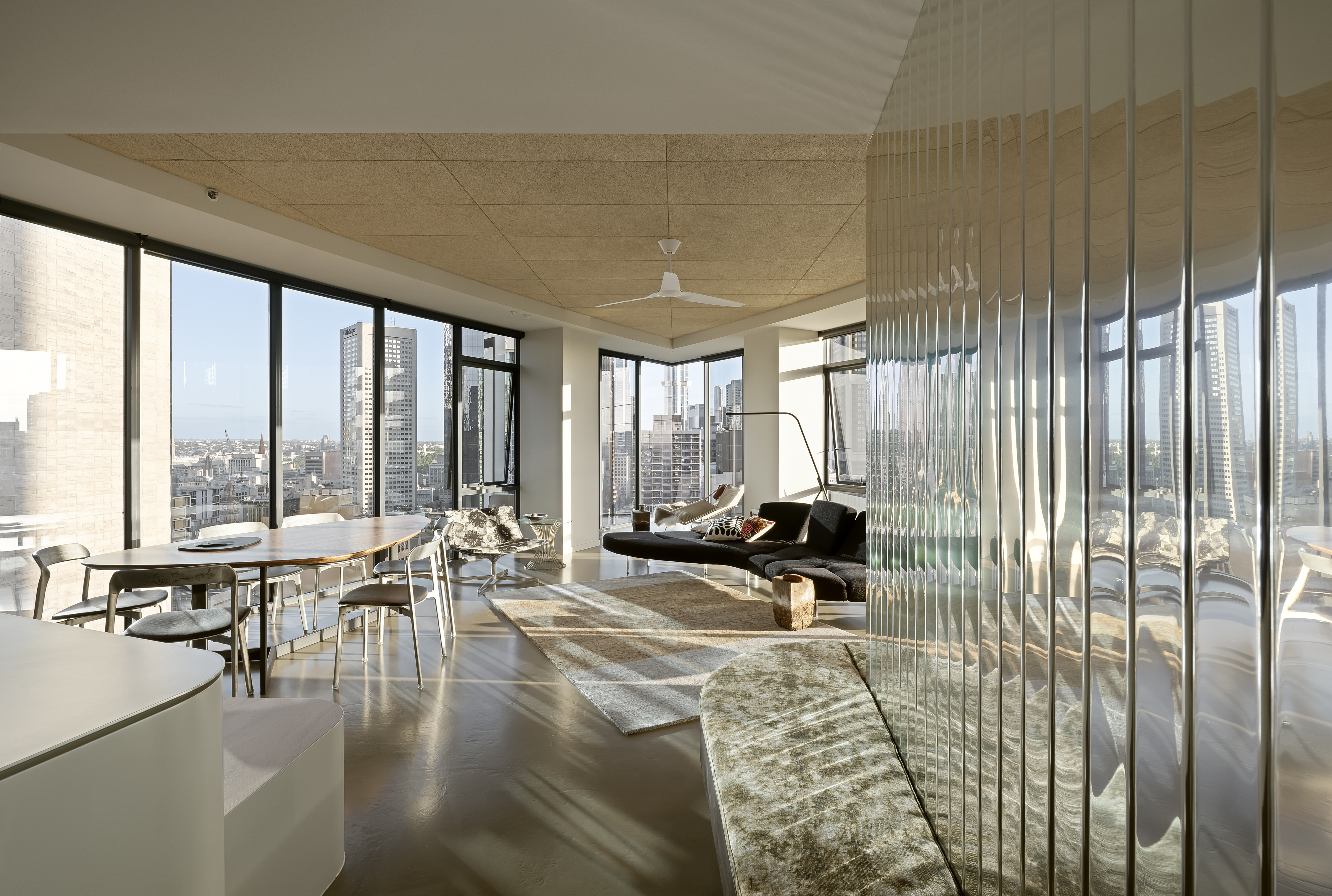 A Republic Tower apartment refresh breathes new life to a Melbourne classic
A Republic Tower apartment refresh breathes new life to a Melbourne classicLocal studio Multiplicity's refresh signals a new turn for an iconic Melbourne landmark
-
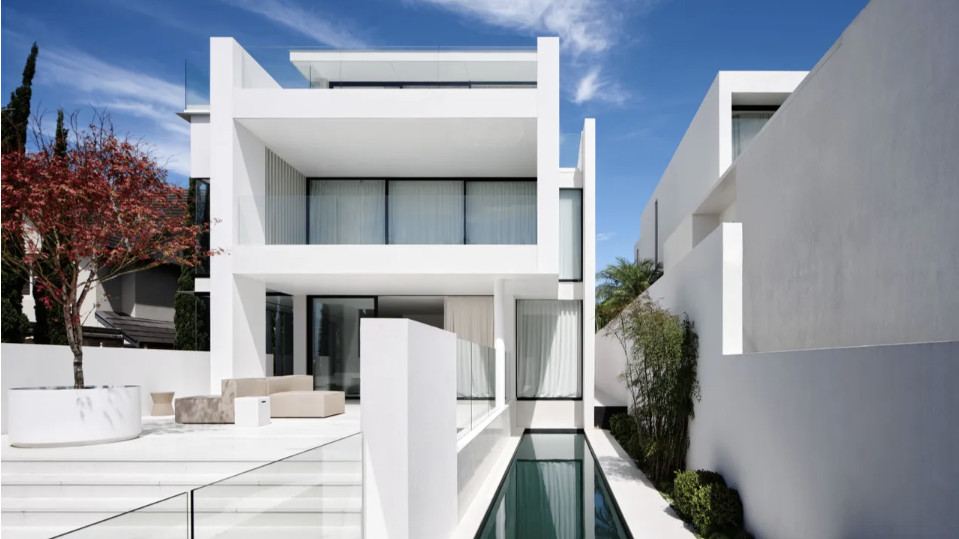 A Japanese maple adds quaint charm to a crisp, white house in Sydney
A Japanese maple adds quaint charm to a crisp, white house in SydneyBellevue Hill, a white house by Mathieson Architects, is a calm retreat layered with minimalism and sophistication
-
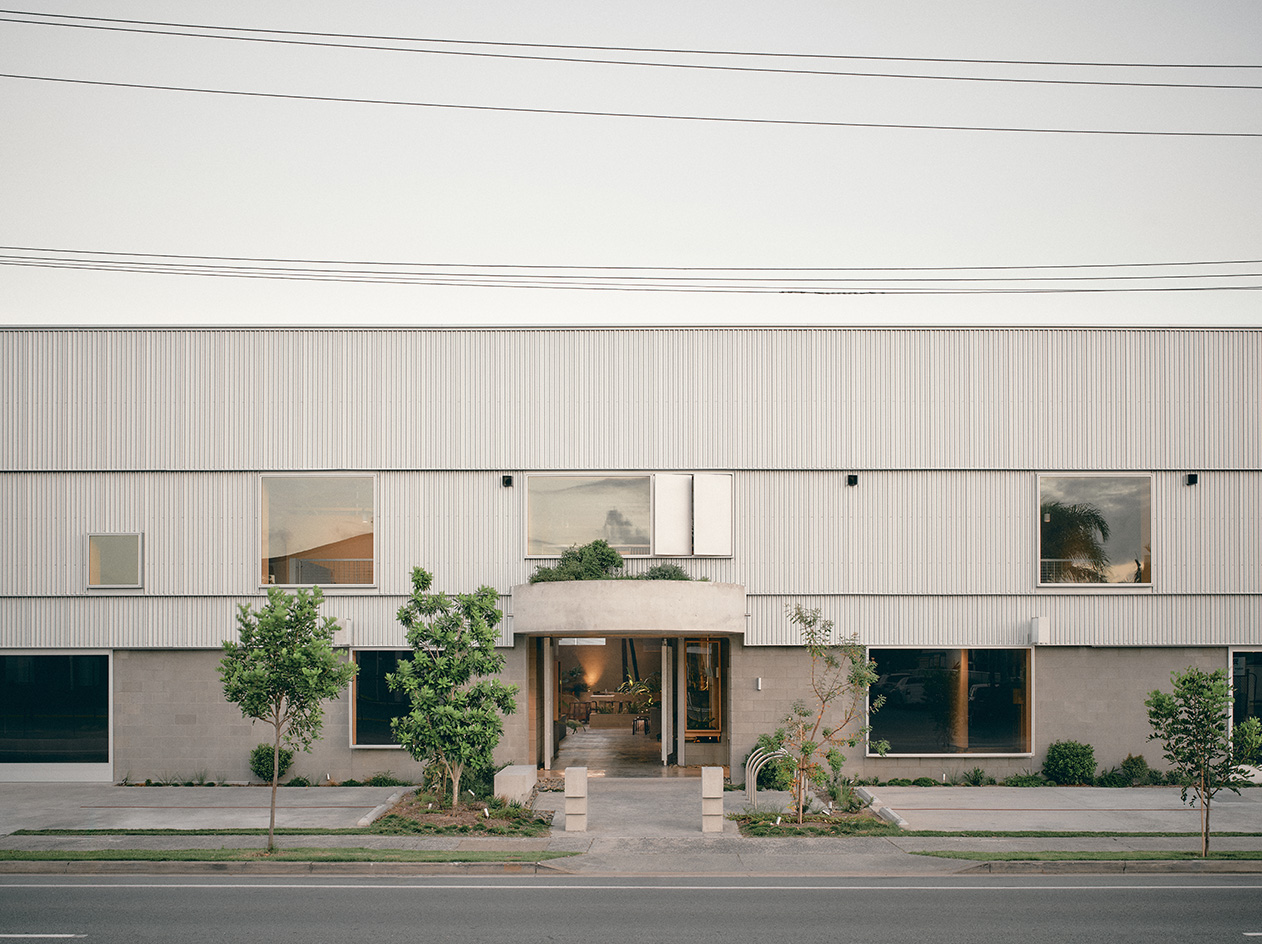 A redesigned warehouse complex taps into nostalgia in Queensland
A redesigned warehouse complex taps into nostalgia in QueenslandA warehouse in Queensland has been transformed from neglected industrial sheds to a vibrant community hub by architect Jared Webb, drawing on the typology's nostalgic feel
-
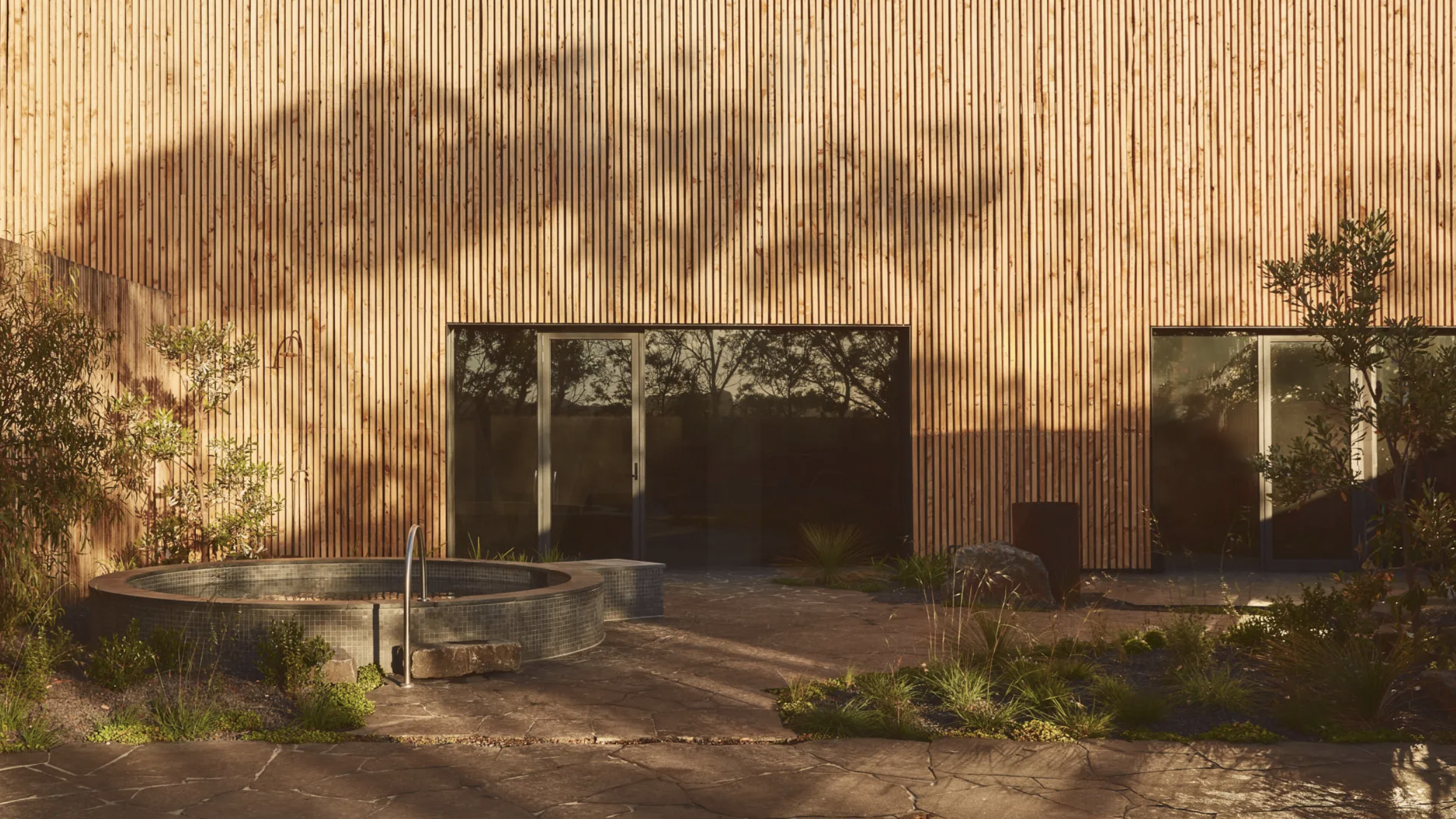 Australian bathhouse ‘About Time’ bridges softness and brutalism
Australian bathhouse ‘About Time’ bridges softness and brutalism‘About Time’, an Australian bathhouse designed by Goss Studio, balances brutalist architecture and the softness of natural patina in a Japanese-inspired wellness hub